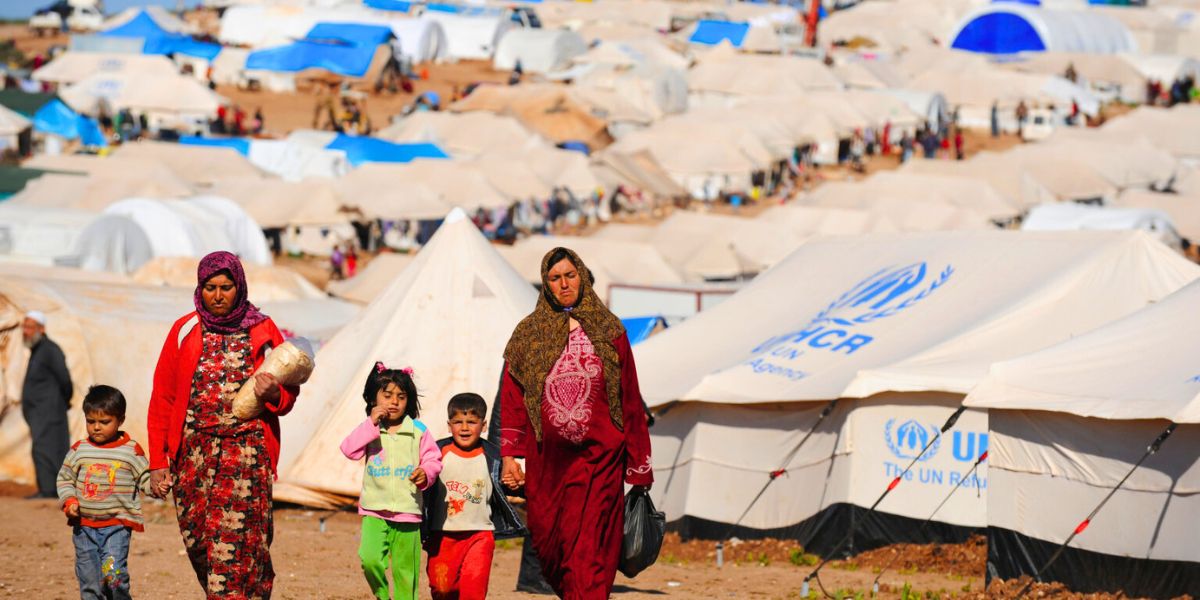Lebanon has published its annual report on beach pollution and the bacteriological status of the Lebanese coastline.
According to the report, published by the National Council for Scientific Research (CNRS) on Monday, 24 out of 36 beaches in Lebanon are safe for swimming, 8 out of 36 are highly polluted, and 4 sites are classified as risky or unsafe.
7 of the 8 highly polluted sites contain very high levels of fecal coliforms and streptococci.
The majority of the Lebanese coast is polluted by tar caused by oil spills, excluding select beaches that have been manually cleaned, according to the report.
The safest sites for swimming are Anfeh, Byblos, Tyre, and Naqoura, all of which have low levels of fecal coliforms and fecal streptococci.
On the other hand, the beaches in Tripoli, Antelias, and Dbayyeh are some of the most polluted and unsafe for swimming in Lebanon, the only exception being the beach north of the municipal stadium in Tripoli, which is regarded as safe.
For this assessment, the CNRS took samples along the Lebanese coast over the course of 12 months and performed laboratory tests on them to determine the levels of pollution across different coastal areas and, in turn, swimming safety levels.
The Council accompanied the report with a map depicting swimming safety levels across the country, denoted by stars of different colors and sizes, as follows:
- Blue, from Very Good (big) to Good (small)
- Yellow, from Critical (big) to Caution (small)
- Red, from Highly Polluted (big) to Dangerous (small)

Apart from that, the CNRS concluded that Lebanon’s fish does not contain toxic heavy metals.
It also found that most of the sediments of marine areas outside ports and industrial locations are not polluted by heavy metals.
















